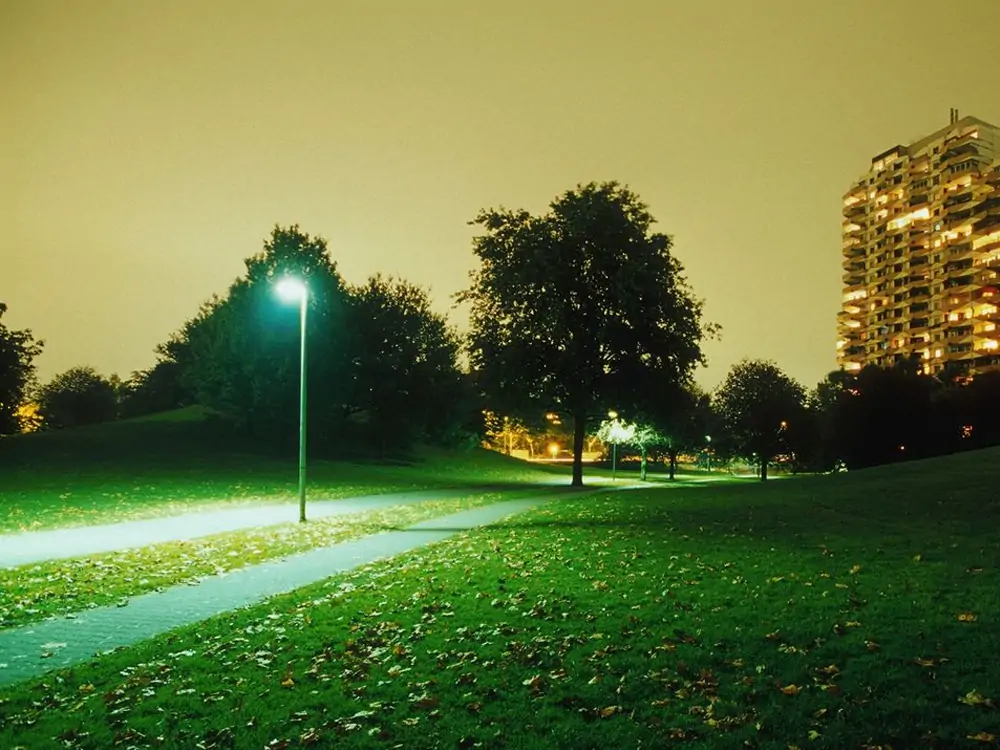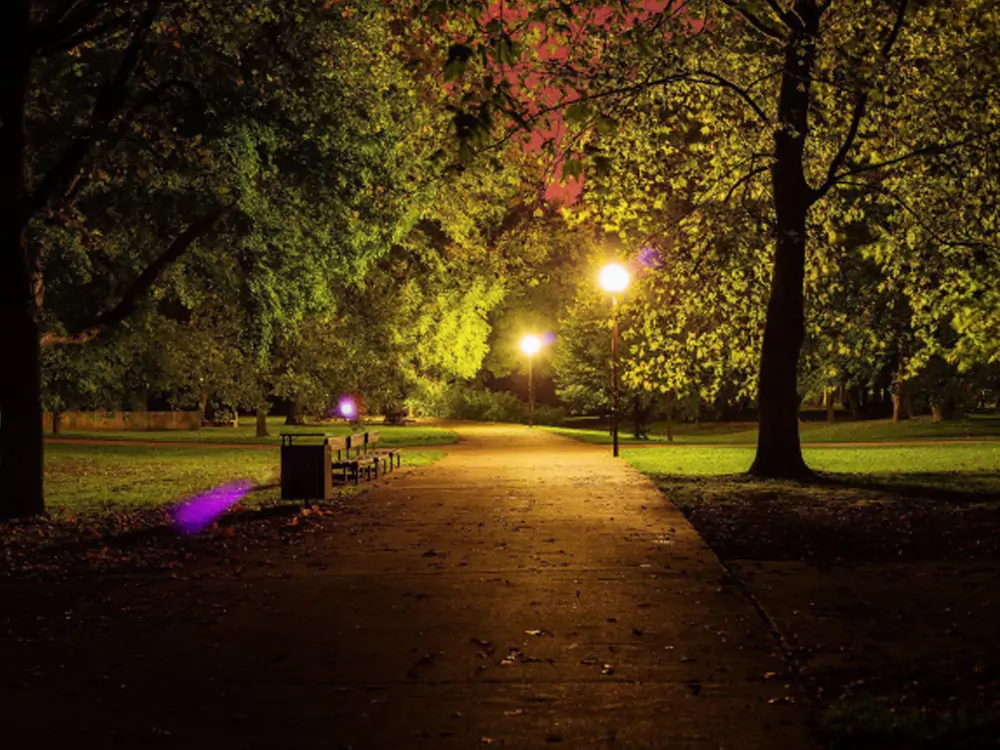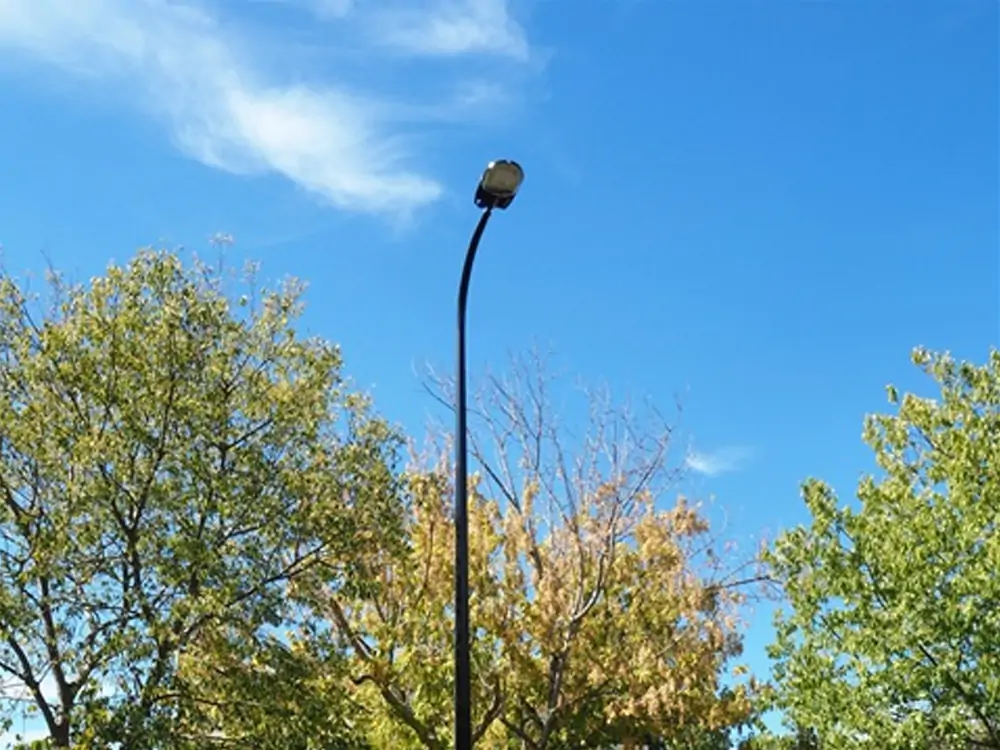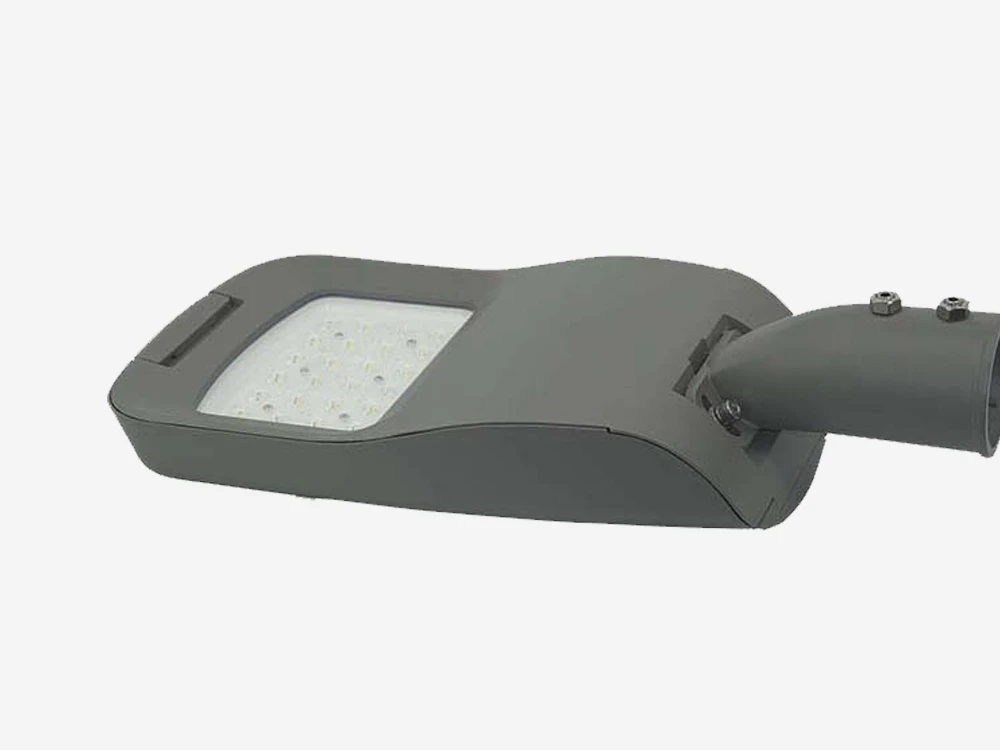Lampu jalan menerangi lingkungan kita dan membuat kita tetap aman. Namun demikian, pernahkah Anda membayangkan bahwa lampu jalan tidak sepenuhnya tidak berbahaya? Pernahkah Anda bertanya-tanya, bagaimana, selain menerangi, lampu jalan juga memengaruhi dunia alami? Secara khusus, artikel ini akan menjelajahi efek lampu jalan pada tanaman di sekitar tiang lampu. Akankah cahaya lampu jalan memengaruhi pembungaan? Langkah-langkah apa yang bisa Anda lakukan untuk mengurangi dampak negatifnya? Teruskan membaca untuk mengetahui lebih lanjut.
Akankah Lampu Jalan Mempengaruhi Pembungaan?

Tumbuhan sensitif terhadap cahaya. Mereka menggunakannya untuk fotosintesis, tetapi bukan hanya itu saja. Tumbuhan juga bergantung pada cahaya untuk menandakan dimulainya proses biologis seperti pembungaan.
Banyak tanaman bergantung pada siklus alami siang dan malam untuk mengetahui kapan mereka berbunga. Hal ini disebut Fotoperiodisme. Beberapa tanaman berbunga ketika hari lebih pendek, sementara yang lain berbunga ketika hari semakin panjang. Ada juga tanaman yang netral terhadap hari yang tidak bergantung pada panjang hari untuk berbunga.
Bayangkan Anda adalah tanaman yang tumbuh di bawah lampu jalan dan mendapatkan cahaya sepanjang malam. Hal ini dapat mengacaukan jam internal Anda dan mencegah atau menunda pembungaan.
Contohnya, tanaman yang mengalami hari pendek membutuhkan sejumlah kegelapan setiap hari untuk memicu pembungaan. Oleh karena itu, ketika lampu jalan menyorotkan sinarnya pada bunga di sekitar tiang lampu, ini menipu bunga untuk mengira bahwa saat itu masih siang hari. Akibatnya, bunga di bawah lampu jalan tidak mekar pada waktu yang seharusnya. Tanaman yang mengalami siang hari mungkin berbunga lebih awal dari biasanya atau berbunga lebih lama dari yang seharusnya. Hal ini mungkin terdengar bagus, tetapi dapat menyebabkan lebih banyak kerugian daripada keuntungan. Tanaman yang berbunga pada waktu yang salah mungkin tidak memiliki penyerbuk yang tepat. Mereka juga dapat menghasilkan biji ketika cuaca terlalu dingin untuk bertahan hidup.
Seberapa Seriuskah Masalahnya?

Anda mungkin berpikir, "Apakah cahaya jalan akan memengaruhi pembungaan? Kalaupun iya, tentunya ini bukan masalah besar." Tetapi, pertimbangkan hal ini: cahaya buatan di malam hari meningkat sebesar 2% setiap tahunnya. Di beberapa tempat di seluruh dunia, laju pertumbuhan ini bahkan lebih cepat. Ini berarti, semakin banyak tanaman yang terpapar cahaya lampu jalan di malam hari.
Efek cahaya lampu jalan tidak terbatas pada bunga di sekitar tiang lampu. Polusi cahaya bisa menyebar jauh melampaui area sekitar sumber cahaya. Jadi, meskipun Anda tidak dapat melihat lampu jalan dari tempat Anda berdiri, sebagian tanaman di sekitar mungkin masih terpengaruh.
Jenis Efek Lampu Jalan pada Tanaman
Jenis lampu jalan yang berbeda memiliki efek yang berbeda pada tanaman:
Lampu Halida Logam: Lampu ini menghasilkan cahaya putih yang terang. Cahaya ini sangat mengganggu fotoperiode tanaman, yang berpotensi menyebabkan penundaan pembungaan yang signifikan.
Lampu Sodium Bertekanan Tinggi (HPS): Lampu ini memancarkan cahaya kuning-oranye dan bisa menyebabkan penundaan pembungaan yang ringan untuk tanaman yang berumur pendek. Namun demikian, efeknya tidak sekuat jenis cahaya lainnya.
Lampu LED: Lampu jalan LED semakin populer karena efisiensi energinya. Mereka memancarkan cahaya dalam spektrum yang luas. Ini dapat lebih mengganggu siklus tanaman, terutama jika berada dalam spektrum cahaya biru atau putih.
Bagaimana Cara Mengurangi Efek Lampu Jalan pada Tanaman?

1. Gunakan Perisai Cahaya:
Pasang pelindung pada tiang lampu untuk mengarahkan cahaya ke bawah. Hal ini akan membantu Anda mengurangi cahaya yang mencapai tanaman Anda di malam hari.
2. Gunakan Lampu Berdampak Rendah (Sistem LED):
Cara lain adalah dengan menggunakan opsi berdampak rendah seperti lampu jalan LED. Perangkat ini hemat energi dan dapat disesuaikan dengan suhu warna yang tepat untuk tanaman. Temperatur warna yang lebih hangat antara 2700K dan 3000K memiliki dampak yang lebih kecil terhadap bunga dibandingkan lampu yang dingin.
Sistem LED juga dapat diredupkan selama jam-jam di luar jam sibuk untuk mengurangi dampak lingkungan. Selain itu, sistem ini menghasilkan lebih sedikit panas daripada pencahayaan tradisional. Hal ini dapat membantu mempertahankan suhu yang lebih alami di sekitar tanaman.

Luxific adalah produsen lampu jalan LED berkualitas. Kami telah memasok produk unggulan selama lebih dari tiga puluh tahun. Jika Anda mencari opsi yang lebih hemat energi, silakan hubungi kami.
3. Gunakan Sistem Pencahayaan Cerdas:
Anda dapat memasang sensor gerak untuk mengaktifkan lampu hanya saat dibutuhkan. Hal ini akan mengurangi durasi lampu jalan menyala dan mengurangi polusi cahaya.
Anda juga dapat menerapkan pengatur waktu dan pencahayaan adaptif. Pengaturan ini akan mengurangi intensitas cahaya di malam hari dan menyesuaikannya berdasarkan kondisi cuaca.
4. Penyesuaian Spektral:
Gunakan filter pada lampu untuk menghilangkan panjang gelombang biru, yang memiliki efek paling signifikan pada tanaman. Sesuaikan komposisi spektral ke rona yang lebih hangat. Lampu LED biasanya dilengkapi dengan pengaturan yang bisa disesuaikan, jadi Anda hanya perlu menyesuaikannya.
Kesimpulan
Seperti yang Anda lihat, jawaban atas pertanyaan, "Apakah lampu jalan akan mempengaruhi berbunga" tidak Ya. Lampu jalan memang dapat mempengaruhi pembungaan dan pertumbuhan tanaman dalam banyak hal. Namun demikian, bukan berarti Anda tidak bisa memiliki lanskap yang indah di sekitar tiang atau tiang lampu. Dengan memahami efek cahaya buatan dan memilih tanaman dengan bijak, Anda bisa menciptakan tampilan tanaman yang indah, bahkan di area dengan pencahayaan buatan.
Ingatlah, saat Anda menjalani hari Anda, tanaman di sekitar Anda terus-menerus merespons lingkungan mereka. Oleh karena itu, sebelum memasang lampu jalan, pertimbangkan bagaimana lampu tersebut akan mempengaruhi tetangga di sekitarnya (tanaman). Anda dapat memiliki ruang yang cukup terang dan tanaman yang sehat dengan desain dan pemilihan tanaman yang cermat. Ini semua adalah tentang menemukan keseimbangan yang tepat antara kebutuhan kita akan cahaya dan kebutuhan alam.
Seiring dengan pertumbuhan kota kita, menyeimbangkan kebutuhan akan pencahayaan buatan dengan kesehatan lingkungan alami akan menjadi sebuah tantangan. kunci tantangan. Kita dapat menciptakan lingkungan yang bermanfaat bagi manusia dan tanaman melalui pintar perencanaan dan pilihan yang tepat.
